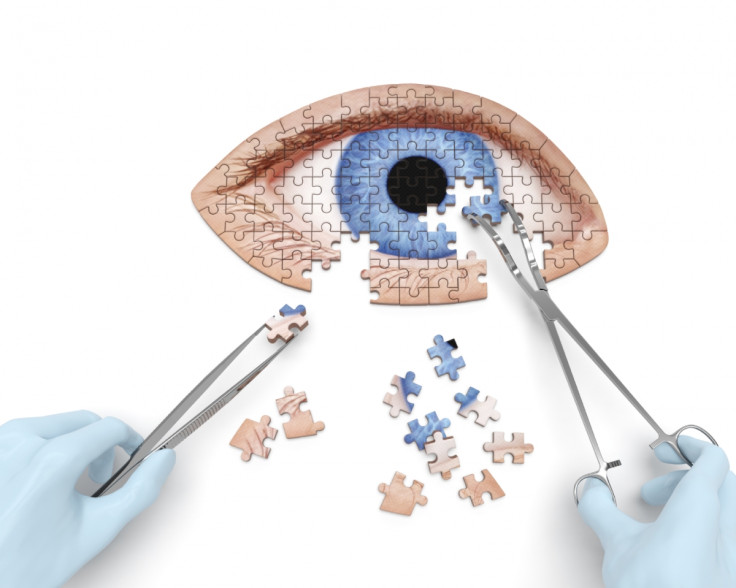Blindness breakthrough: Stem cells used to treat cataracts in children by re-growing functional lenses

Stem cells have been used to treat cataracts in 12 infants by re-growing functional lenses to replace those damaged by the condition. The minimally invasive technique was found to result in faster healing and fewer complications than current standard treatments.
Cataracts are the leading cause of blindness worldwide. Normally they develop with age but congenital cataracts can affect babies and children, affecting between three and for infants in every 10,000 children in the UK.
Cataracts are characterised by a clouding of the lens of the eye, resulting in vision loss. Normally, it is treated by the surgical removal of the clouded lens, which is then replaced by an artificial lens. The technique is commonly used, but can result in complications, such as inflammation, a lengthy recovery period and most paediatric patients need some sort of surgery or glasses following the operation.
An international team of researchers, led by University of California San Diego and UCL in London, has now presented a new technique that involves isolating and preserving the lens stem cells, then using these to regenerate functional lenses. The new lens can then be used to restore the patient's vision. Findings were published in the journal Nature.
To test the technique, the team carried out the surgery on rabbits and macaques. They then carried out the procedure on 12 infants under the age of two. In the human trial, there were fewer complications, faster healing and, after three months, all the patients had a clear, regenerated lens in all of the affected eyes.
"Our method resulted in visual axis transparency in 95% of cataractous eyes in infants, a much higher percentage than that obtained by traditional surgery," they wrote.

Stem cells from the lens – called lens epithelial stem/progenitor cells – differ from other stem cells because they regenerate replacement cells through a person's life. By removing the entire lens, as is done in current treatments, the LECs that "hold the regenerative key to lens restoration" are being destroyed.
"Our method differs conceptually from current practice, as it preserves endogenous LECs and their natural environment maximally, and regenerates lenses with visual function," they wrote. "Our approach demonstrates a novel treatment strategy for cataracts and provides a new paradigm for tissue regeneration using endogenous stem cells."
While the technique has only been carried out in infants, the authors say it could be applied to elderly patients suffering from age-related cataracts. Kang Zhang, one of the study authors, said: "An ultimate goal of stem cell research is to turn on the regenerative potential of one's own stem cells for tissue and organ repair and disease therapy ... We believe that our new approach will result in a paradigm shift in cataract surgery and may offer patients a safer and better treatment option in the future.
"The success of this work represents a new approach in how new human tissue or organ can be regenerated and human disease can be treated, and may have a broad impact on regenerative therapies by harnessing the regenerative power of our own body."
In an accompanying News and Views article, Julie T Daniels is at the University College London Institute of Ophthalmology, said the research shows the "remarkable regenerative and therapeutic potential of stem cells", but cautioned the long-term outcome is as of yet unknown.
"Whether either of the reported therapies will lead to cornea or lens transparency that can be maintained in the long term remains uncertain. However, these exciting studies take us away from simple therapies that involve like-for-like replacement of single mature cell types, and open up the possibility of therapeutic manipulation of the broader stem-cell environment in the eye."
© Copyright IBTimes 2025. All rights reserved.






















